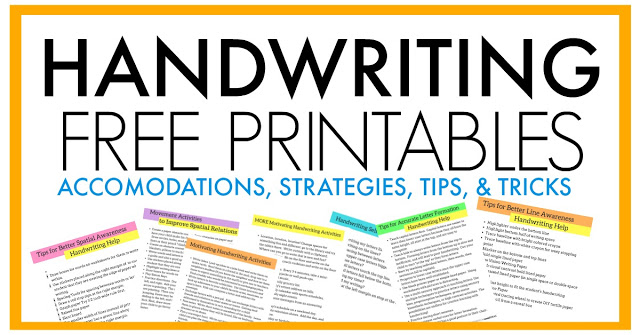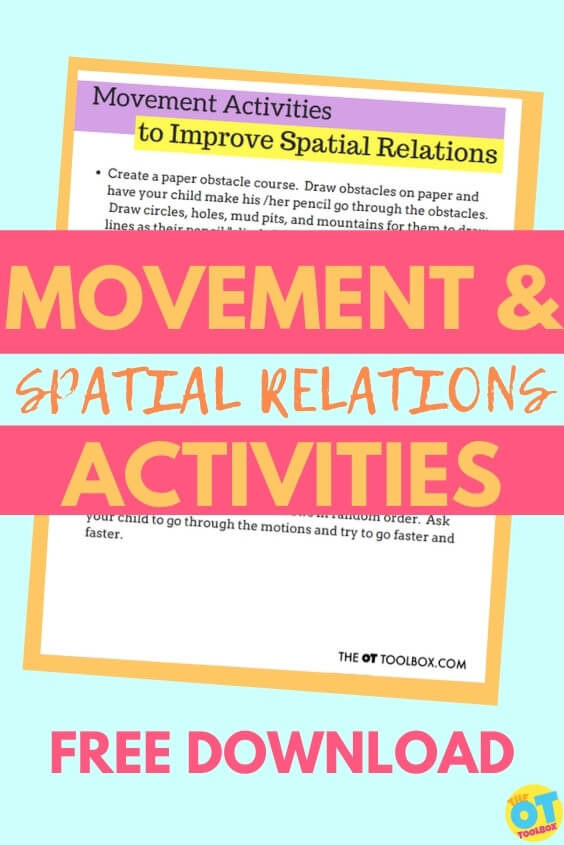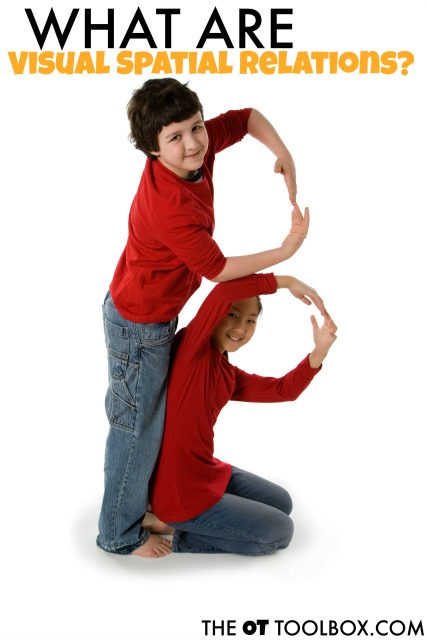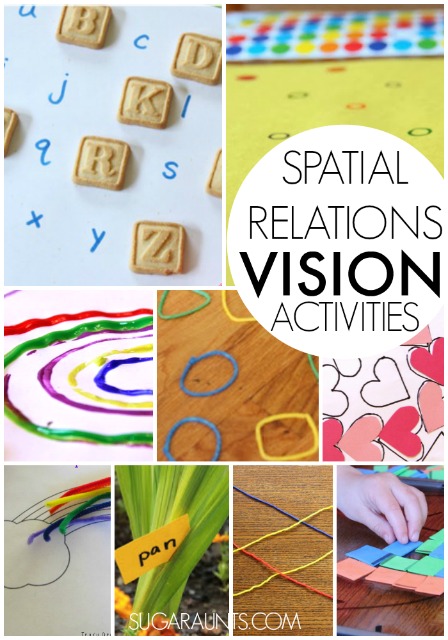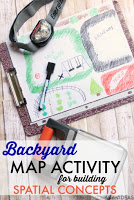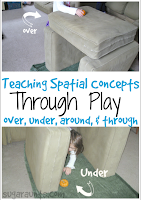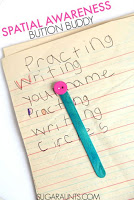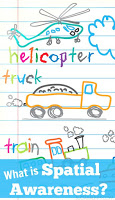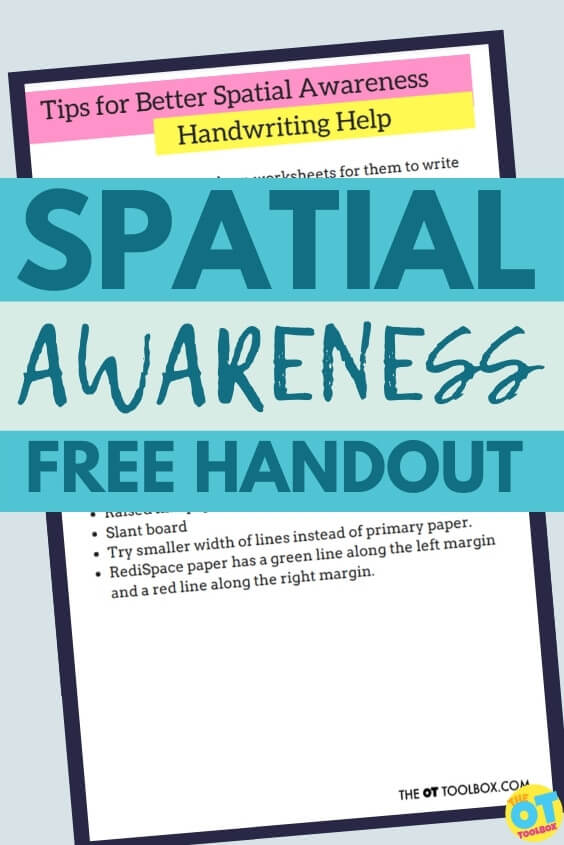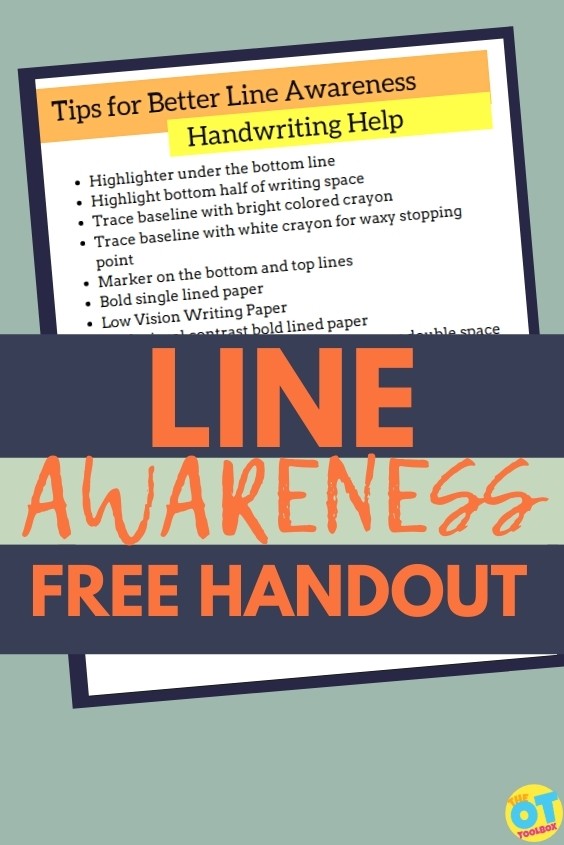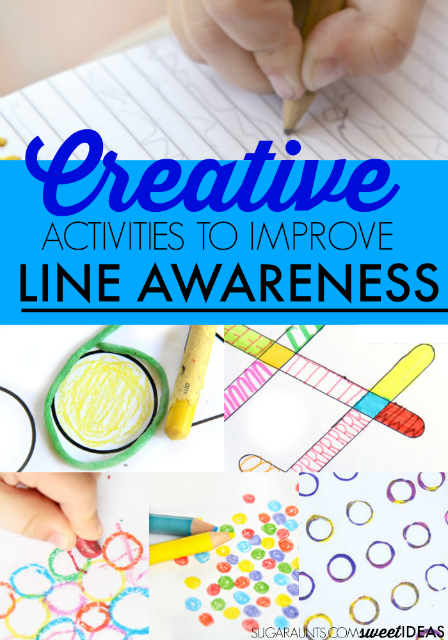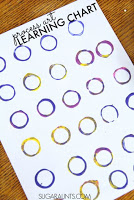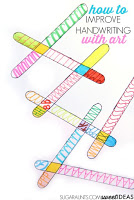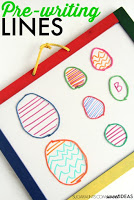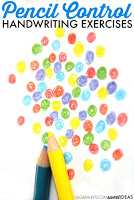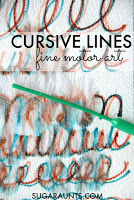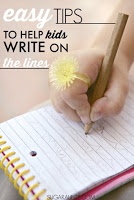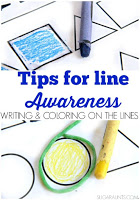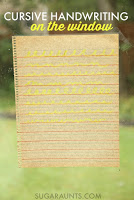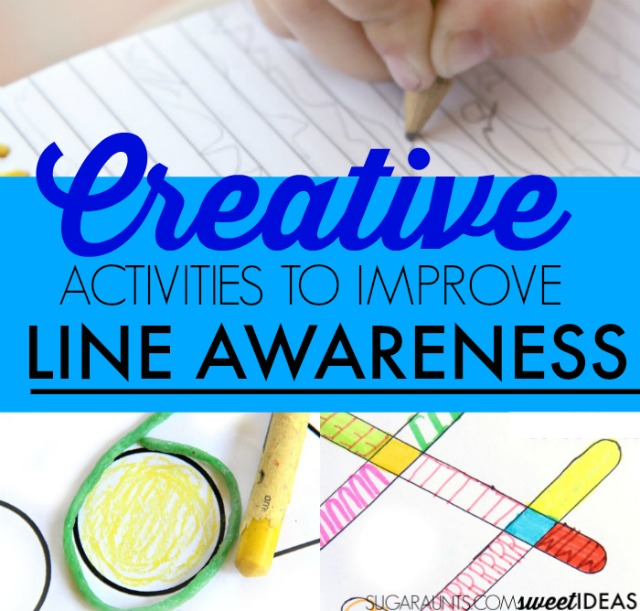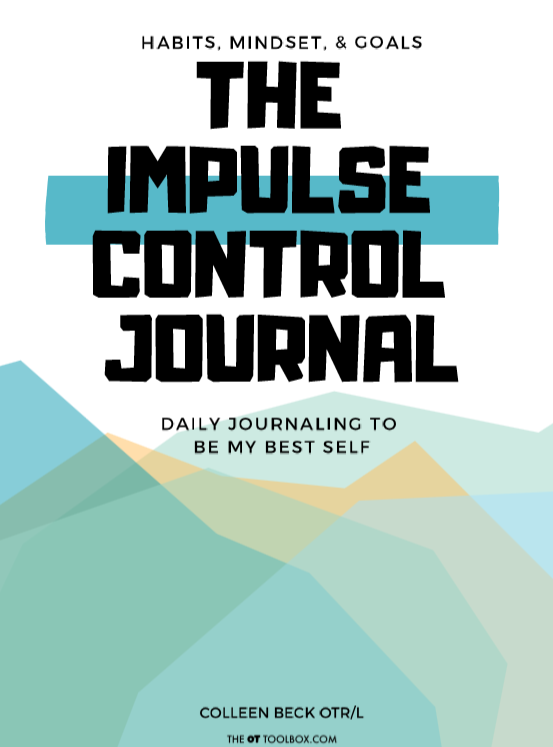This handwriting checklist is a great handwriting assessment for kids to use when writing. Many times working on handwriting skills leads to frustration when kids struggle to carryover writing skills from occupational therapy sessions. This writing self-assessment can help!
When kids have been introduced to different techniques for beating their handwriting blahs, been provided with accommodations for handwriting difficulties, and even provided with modifications to written work requirements, a quick check can help with legibility. A child can use this quick check list to self-monitor and self-check their handwriting for neatness.
This activity is part of our month-long handwriting series where we are sharing creative and easy ways to address common handwriting issues in our 30 Easy Quick Fixes for Better Handwriting series.
You’ll also want to join the Sweet Ideas for Handwriting Help Facebook group where you can find support and resources for handwriting.
Handwriting Self-Assessment Checklist
A self-checklist should have questions to monitor letter formation, size, spacing, line awareness, upper case and lower case letter formation/size, letter positioning, speed, neatness, and legibility.
Self-analysis involves retrospection and an awareness of self, as well as the actions that one performs. This handwriting analysis observations post explains a bit more.
Print this checklist out for classroom use. It is available as an 8x 10 inch Free printable here.
This is a printable that can be printed and laminated for use at the student’s desk. Allow them to use a dry erase marker and check off each item after a handwriting task. Use the printable with the whole classroom, too!
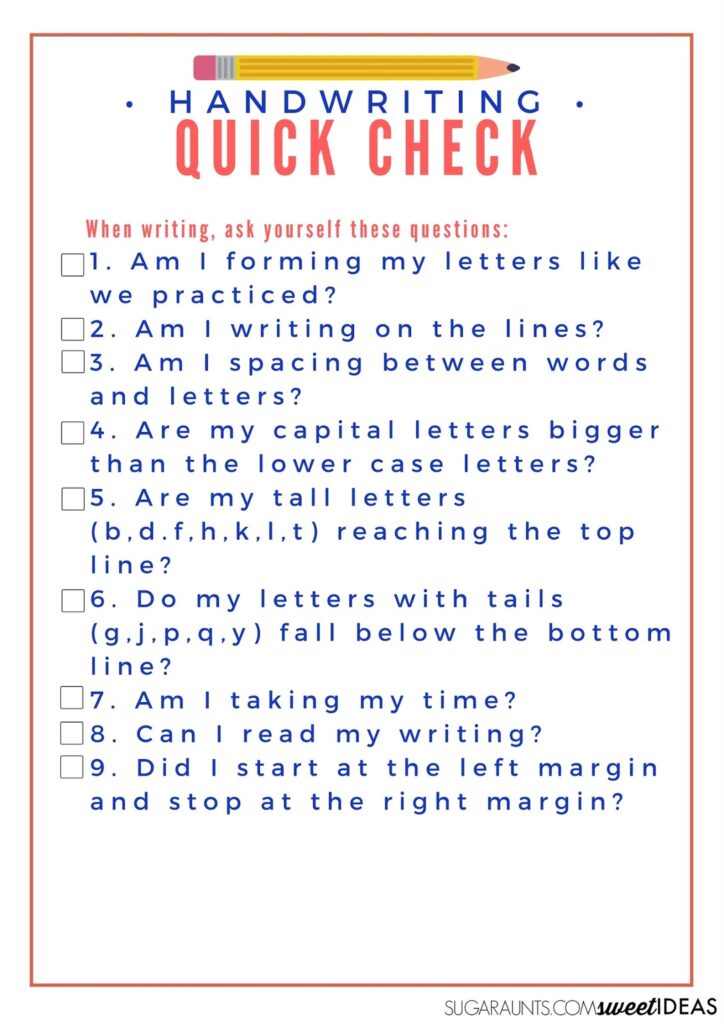
You can find all of our handwriting posts here.
You’ll also love this cursive handwriting assessment checklist.
Handwriting Self-Assessment Quick Tip:
Print off the printable in a sized down format to create a smaller, wallet sized check list that can be stored in pencil boxes or in the front of a binder.
Fine Motor Quick Tip:
Encourage kids to use both hands when writing! The dominant hand should always be the pencil holder, BUT that other hand has a job too. Holding and moving the paper with the non-dominant hand has an important job in written work. Read more about paper placement and using the helper hand during written work.
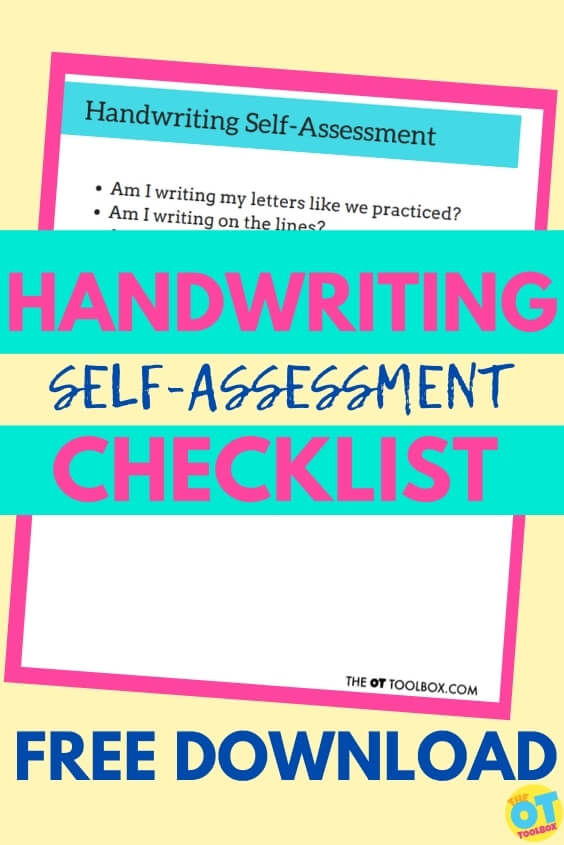
Free Handwriting Assessment Checklist
Handwriting checklists can include questions the student asks themselves after a writing task. They can look back over their work and self-assess the writing. Handwriting checklists can include questions such as:
- Am I writing my letters like we practiced?
- Am I writing on the lines?
- Am I spacing between letters and words?
- Are my upper case letters bigger than my lower case letters?
- Do my tall letters touch the top line?
- Do my tail letters fall below the bottom line?
- Am I taking my time?
- Can I read my writing?
- Did I start at the left margin an stop at the right margin?
For another version of a handwriting assessment that is used as a handwriting checklist when completing written work, grab this printable resource in our Handwriting Printables series. The printable handout is great for using with kids to work on self-assessment of written work.
Join our Handwriting printables series to access this and five other handwriting worksheets.



The Handwriting Book covers everything you need to know about handwriting, guided by development and focused on function. This digital resource is is the ultimate resource for tips, strategies, suggestions, and information to support handwriting development in kids.
The Handwriting Book breaks down the functional skill of handwriting into developmental areas. These include developmental progression of pre-writing strokes, fine motor skills, gross motor development, sensory considerations, and visual perceptual skills. Each section includes strategies and tips to improve these underlying areas.
- Strategies to address letter and number formation and reversals
- Ideas for combining handwriting and play
- Activities to practice handwriting skills at home
- Tips and strategies for the reluctant writer
- Tips to improve pencil grip
- Tips for sizing, spacing, and alignment with overall improved legibility
Click here to grab your copy of The Handwriting Book today.
Handwriting Assessment Tips
What happens when an occupational therapy provider completes a handwriting evaluation? Check out our video covering just this:






Colleen Beck, OTR/L has been an occupational therapist since 2000, working in school-based, hand therapy, outpatient peds, EI, and SNF. Colleen created The OT Toolbox to inspire therapists, teachers, and parents with easy and fun tools to help children thrive. Read her story about going from an OT making $3/hour (after paying for kids’ childcare) to a full-time OT resource creator for millions of readers. Want to collaborate? Send an email to contact@theottoolbox.com.


